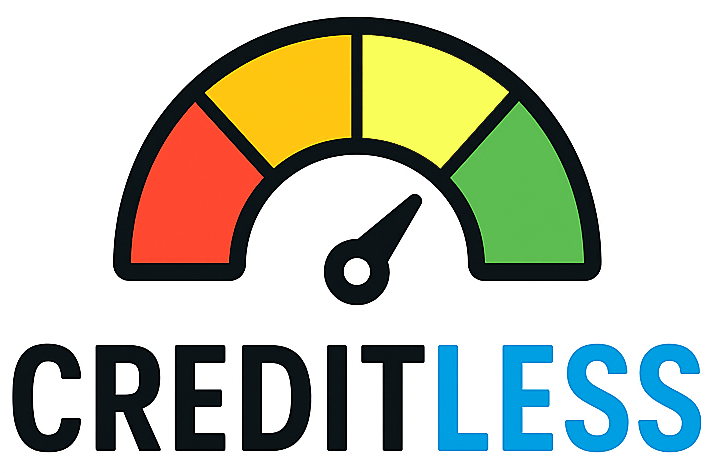Introduction — Why 2025 Is a Turning Point for Credit Scores
Credit scoring in 2025 is evolving faster than many consumers expect. Regulators and scoring firms have pushed updates that increase competition and change which data models can use for mortgage and consumer underwriting. One immediate result: VantageScore 4.0 is now fully accepted for use on GSE-backed mortgages, widening score competition and potentially changing which score a lender chooses when underwriting a loan.
This article explains the core factors that still matter most (payment history, utilization and account age), how newer models use “trended” and alternative data, and practical steps you can take to protect and improve your score in 2025.
Core Components: What Most Models Still Use (and Their Relative Weight)
All modern three-digit credit scores (FICO and VantageScore among them) draw from the same basic credit-report information. For FICO-style scoring the commonly cited approximate weights are:
- Payment history (~35%) — whether accounts were paid on time and severity of delinquencies.
- Amounts owed / credit utilization (~30%) — how much of your available revolving credit you’re using.
- Length of credit history (~15%) — average age of accounts and age of oldest account.
- New credit (~10%) — recent applications and newly opened accounts.
- Credit mix (~10%) — variety of account types (revolving vs installment).
Payment history and utilization together drive roughly two-thirds of your FICO score, so consistent on-time payments and keeping utilization low are still the highest-impact actions.
Newer Models & Trended/Alternative Data: How They Change the Picture
Two important modern developments to understand:
- Trended credit data — models like FICO 10T analyze 24 months of account behavior (payments and balances over time) rather than a single snapshot. That rewards steady, low-carry behavior (transactors) and penalizes persistent high balances (revolvers) even if those accounts are paid on time. If your balances climb and stay high month-to-month, trended data can lower your score versus older snapshot-based models.
- VantageScore’s broader reach and ML features — VantageScore 4.0 uses machine learning and trended credit signals to score more consumers (including some with limited recent activity) and to identify patterns that traditional snapshots miss. This model was explicitly adopted for many mortgages in 2025, increasing lenders’ options when selecting a score.
Because models now differ in how they use trends and alternative files, your FICO and VantageScore may diverge more often than they used to. That’s normal — lenders pick models that fit their risk appetite and product type.
What to Watch in 2025 — BNPL, Rent/Utility Reporting, and Policy Changes
Major near-term changes consumers should monitor:
- BNPL (buy-now-pay-later) reporting: FICO announced that updated models will incorporate BNPL activity starting in the fall of 2025, which means a consumer’s BNPL history could begin to affect traditional credit scores — positively if reported responsibly, negatively if payments are missed. Broad effect depends on whether BNPL merchants report consistently to the three bureaus.
- Wider mortgage-score competition: FHFA and the GSEs have taken steps that allow lenders to use VantageScore 4.0 for mortgages, effective in 2025. That change can increase access for borrowers with thin or unusual credit files.
- Alternative payments: Services like Experian Boost and rent- or utility-reporting programs can help consumers with thin files by adding positive payments, but the score impact depends on the scoring model and whether those payments are incorporated into the version a lender uses.
Because the scoring landscape is changing, regularly check which score your lender or a mortgage application will use, and whether they consider alternative or trended data when making decisions.
Practical Steps That Still Move the Needle
Focus on high-impact, low-cost actions:
- Pay on time, every time. Even as models evolve, payment history remains the single most important factor.
- Lower revolving utilization. Aim for single-digit utilization if possible for the best scores; under 30% is a common minimum guideline.
- Stabilize account behavior. With trended models, steady low balances and prompt payments over months are better than fluctuating, high-month balances.
- If you have a thin file, consider targeted reporting. Rent- and utility-reporting services, or tools like Experian Boost, can help — but check whether the lender prefers FICO or VantageScore and how that model treats these inputs.
- Monitor BNPL usage. Use BNPL sparingly and pay on time; if merchants report BNPL to bureaus your history will likely be visible to scoring models beginning late 2025.
Finally, check your credit reports from all three bureaus at least annually for errors and dispute inaccuracies promptly; fixing an error can sometimes generate an immediate score improvement.
Bottom Line
In 2025 the fundamentals remain true: on-time payments and low utilization are the fastest, most reliable ways to improve your score. But modern models increasingly reward consistent behavior over time and may factor in alternative payments and BNPL activity — so keep a steady payment pattern, monitor new reporting channels, and verify which score a lender uses before applying for major credit.
If you'd like, we can run through your specific situation (thin file, recovering from missed payments, preparing for a mortgage) and recommend prioritized next steps based on the model your target lender is likely to use.
